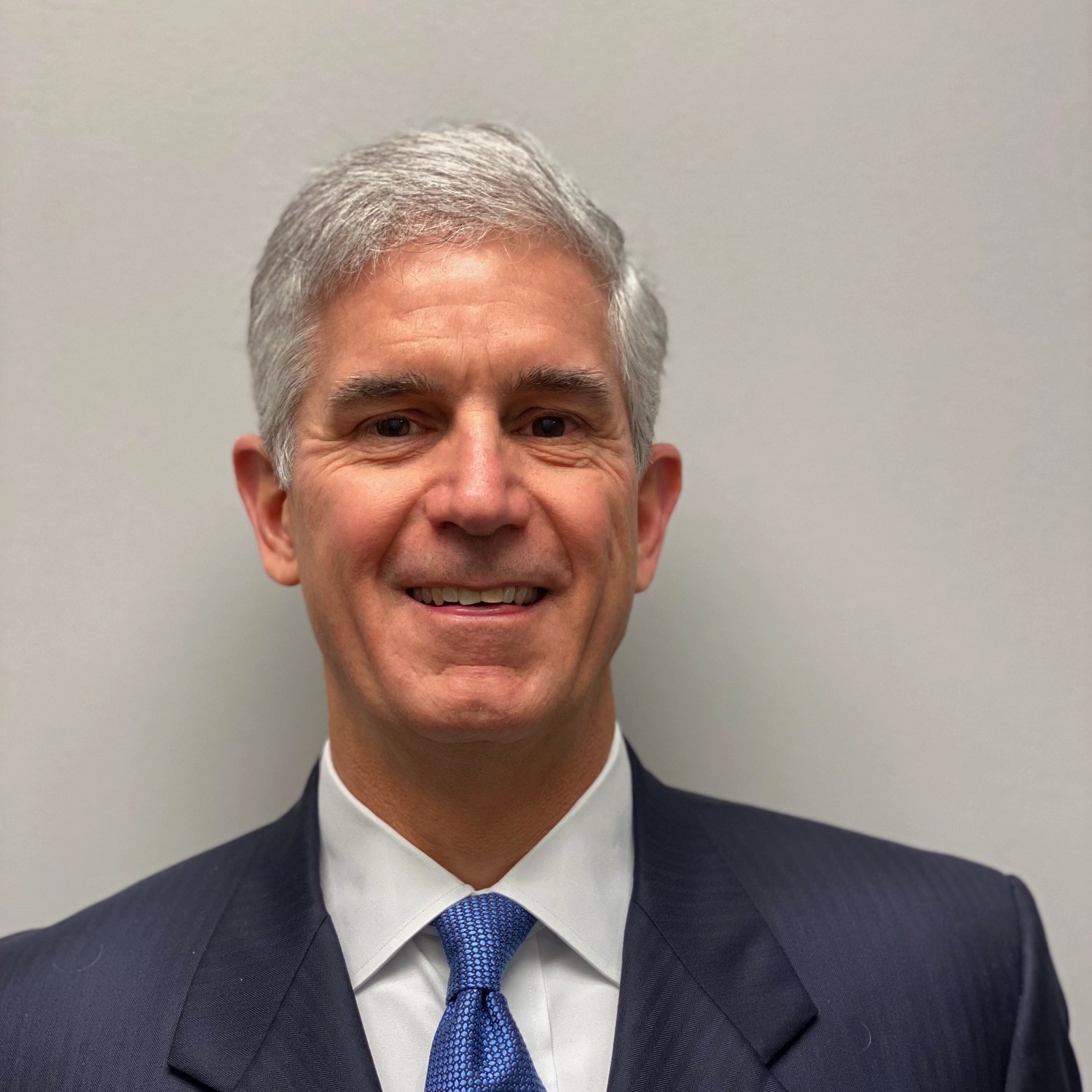- The First Settlement in a GenAI Training Case Has Implications for Content Creators and Business Users
- Act Before the Breakup: Use a Contract to Keep Your Brand Whole
- What Will the New American Revolution of Limiting the Power of the Regulatory State Mean for Businesses?
- What Will the New American Revolution of Limiting the Power of the Regulatory State Mean for Businesses?
- The Copyright Office Issues Its Long-Awaited Report on AI Training Material and Fair Use. Will It Stymie the U.S. AI Industry?
Latest Blog Posts
Limited Preventative Registration of Generic Top-Level Domain Names Would be a Big Help to Trademark Owners
A fight is shaping up over the coming new generic top-level domain names (“gTLD’s” in netspeak). The outcome could affect your business’s ability to economically protect its business name, product names and services names (in other words, its trademarks) and it could affect the scope of your business’s future online branding opportunities.
A gTLD is the part of the domain name after the last dot, such as “.com” in Amazon.com. The new gTLD candidates include some potentially popular ones, such as .app, .inc., and .shop.
A process is under way in which perhaps 1000 new gTLD’s could be launched within the next year or two, with many more after that.
Most of the companies that are proposing to launch new gTLD’s will then sell to the public second-level domain names in these gTLD’s. A second-level domain name is the part before and after the last dot. For example, a hypothetical new second-level domain name is Amazon.inc.
These new gTLD’s have trademark owners concerned. They worry about a vast new gTLD space in which others might be able to register matches or close approximations of their trademarks. For example, Amazon.com would not want someone else to register Amazon.shop or the typo Amazzon.shop.
Various trademark protections are planned for the new gTLDs. Yet, these protections share a common problem from the trademark owner’s perspective: in each case it would be far cheaper for someone (perhaps a bad actor) to register a problematic domain name than it would be for the trademark owner to recover or stop usage of that domain name.
If someone can register a domain name for, say, $10 a year, and if it would cost the trademark owner, say, $5000 all-in to take away that domain name, chances are there will be domain-name registration mischief and a lot of corporate angst over the cost of countering it.
The business and intellectual-property communities have floated a proposal to address that disparity. They propose to allow any owner of a nationally registered trademark to pay a fee to block anyone else from being able to register an exact match of that trademark in any of the new gTLD’s. They call this “limited preventative registration.”
For example, if I owned a U.S. trademark registration for the word MISSISSIPPI for use as the name of an online department store, potentially I could use that registration to stop anyone from registering any second-level domain name consisting of “Mississippi” and a new gTLD, such as Mississippi.shop.
Limited preventative registration would not be a panacea for trademark owners, but it would help.
It would not give any domain names to the trademark owner for usage. Instead, it would block registration of such trademark-matching second-level domain names for a five-year period. You could later renew this block, for an additional fee, if you keep your trademark registered.
It usually wouldn’t stop someone from registering a misspelling as a domain name (such as Misisippi.shop) or other approximation of a trademark (such as MississippiStore.shop).
It also wouldn’t stop someone else who has a national trademark registration for the same word from getting the domain name. Sometimes different companies own as a trademark the exact same word for different goods or services, such as the separately owned trademarks DELTA for airline services and DELTA for faucets.
There will be a special process under which owners of trademark registrations can get dibs on new second-level domain names, and that would trump the ability to stop domain name registrations through limited preventative registration.
In addition, limited preventative registration wouldn’t take a domain name away from someone who already registered it. You would have to use a different process in that situation.
There are important unanswered questions about how limited preventative registration would work. For example, its proponents don’t say how much it would cost. I estimate it could be as high as $50,000-$250,000 for a single trademark for five years of coverage.
Expect opposition from some quarters. Companies that want to be in the business of operating the new gTLD’s or selling second-level domain names in them will oppose this process unless the price is high, because they might be able to make more money selling potentially blocked domain names than they would in sharing the fee paid for the universal block.
Also, there are some constituencies in the gTLD community that disdain intellectual property rights. These are the same kind of people who attack record companies for trying to protect their copyrighted music, which is often unlawfully posted on file-sharing services.
If limited preventative registration becomes reality at a reasonable price, it will be part of the toolkit trademark owners should use to protect themselves in the new gTLDs.
On the other hand, if you’re searching for a new domain name to brand your new business or just to express yourself, it could cut down significantly the variety of good domain names that will be available.
Written on December 18, 2012
by John B. Farmer
© 2012 Leading-Edge Law Group, PLC. All rights reserved.



